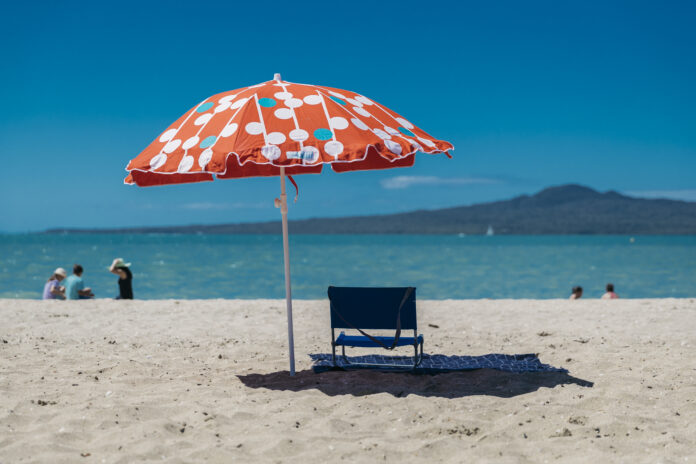Source: Auckland Council
Swimming. It’s one of our favourite things to do in summertime. And with hundreds of kilometres of coastline and a beach to suit almost everyone’s taste and location, Aucklanders are pretty spoilt for choice with where to go. Except for when it rains.
While the region’s water quality is generally good there is no getting away from it, our beaches do suffer from poor water quality from time to time. But the tide is changing. From local improvement programmes to major regional infrastructure projects, the council and Watercare have more than $1.8 billion earmarked for water quality improvement.
Says Mayor Goff: “Although we are still catching up on decades of underinvestment, the council and Watercare are making significant progress in the management of Auckland’s water.
“Projects like the $1.2 billion Central Interceptor will reduce wastewater overflows in the central isthmus, dramatically improving the water quality of our harbours and beaches.
“The water quality targeted rate introduced in 2018 committed an additional $452 million to deliver cleaner harbours, beaches, and streams and will bring forward by 20 years the necessary work to improve our water quality.”
As well as the significant investment in stormwater and wastewater networks across Auckland, the council has also introduced award-winning, water quality monitoring programme Safeswim.
Safeswim has provided Auckland with the most precise and up-to-the-minute understanding of water quality in the region’s history. The type of data captured means the public now has access to more information and people are more aware than ever of what beaches are safe to swim at.
The reporting also shows that in spite of recent storms, health risks at the vast majority of locations remain very low and overall, water quality across the region is slowly improving.
In fact, during the 2019–2020 summer swim season, Auckland’s beaches were swimmable (according to national guidelines for recreational water quality) an average of 89.2 per cent of the time, compared with 83.7 per cent in 2018–2019. (The increase is largely due to lower rainfall during the 2019–2020 summer.)
It’s not just one-off events that Safeswim provides robust reporting for: data collected since 2016 is helping the council target and tackle serious issues at our most loved beaches, quickly and in a systematic manner.
Consequently, long-term public health warnings for four beaches on the Manukau Harbour have been lifted since the programme started and the beaches are now swimmable after years of bad health.
“It is remarkable that we can now remove the permanent public health warning that has plagued spots like Clarks Beach and Weymouth Beach for nearly 20 years,” adds Mayor Goff.
“It is recognition of the hard work of Auckland Council, Watercare and local boards to identify illegal wastewater connections, increase enforcement and fix damaged waste and storm water pipes.
“Improving the swimmability of our beaches won’t happen overnight, but with the council and Watercare’s investment in fixing water pollution we are going to achieve in 10 years what would normally have taken us 30. It’s great that we are making more beaches safer for Aucklanders to enjoy.”



